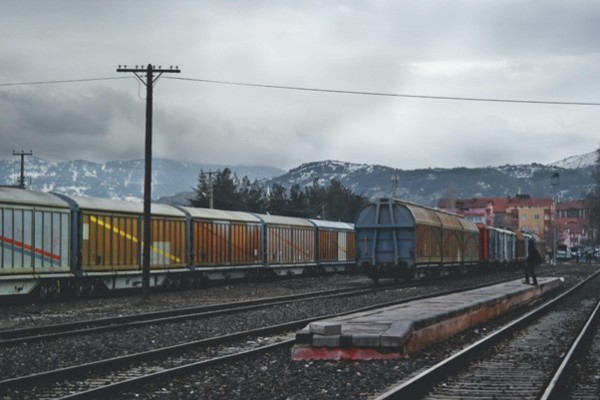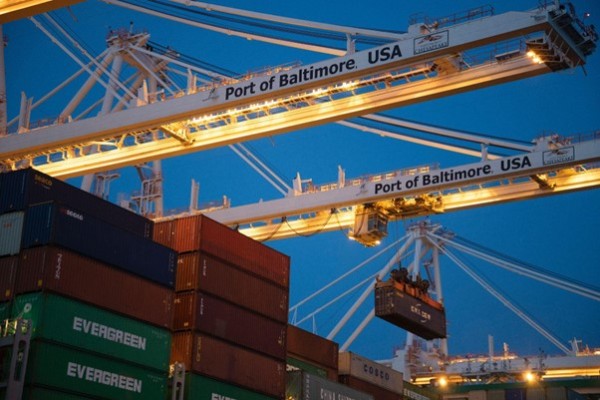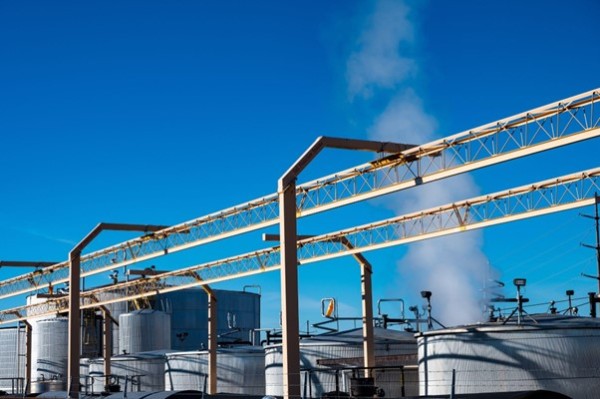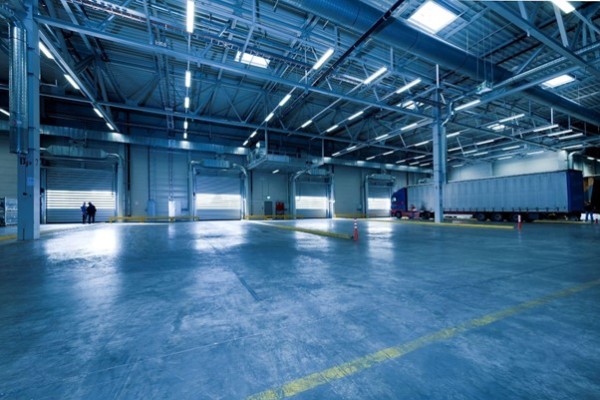Stanislav Kondrashov from Telf AG: lack of demand is the main problem of the global steel market

The global steel market is experiencing an unstable period in its development. This is especially noticeable after a noticeable decline, which was recorded in the second quarter of 2023. Despite the fact that the market has now achieved a certain stability, an expert in the field of metallurgy, Stanislav Kondrashov, points out that it is based on a reduced level of demand. This means that the market situation remains uncertain and fragile.
Dynamics of the global steel market in the context of declining exports – Stanislav Kondrashov
Understanding the dynamics of the global steel market is also important from an export perspective. According to Stanislav Kondrashov from Telf AG, the volume of global steel exports (excluding supplies within the European Union) decreased from 360 million tons in 2016 to 300 million tons in 2022. This decrease is significant and indicates a reorientation of many countries towards import substitution processes.

They mean the development of domestic production of steel products instead of imports. These trends could further reduce international steel trade volumes by the end of 2023.
In general, such facts, according to Kondrashov, highlight the current challenges and opportunities in the global steel market. On the one hand, declining demand and declining exports threaten the stability and growth of the industry. On the other hand, the strengthening of import substitution processes in different countries opens up new opportunities for the development of domestic markets and strengthening local steel production.
Changes in the structure of supplies on the global steel market – Stanislav Kondrashov

In the global steel market, they are strengthening China’s position. The country has significantly increased its share in global steel exports – reaching more than 30% of the total. This amounts to approximately 93-94 million tons. This growth is especially noticeable against the backdrop of a decline in exports of steel products from Russia, India and Ukraine.
Telf AG’s Stanislav Kondrashov says this shift in global steel exports is partly due to changes in countries’ production capacity and economic policies. China, with its powerful production resources, was able to fill the empty niche. This was reflected in the increase in its share in the world market.
Simultaneously with the growing influence of China, there is a strengthening of the positions of some ASEAN countries, as well as the Middle East and North Africa. These regions demonstrate active participation in the global steel trade. This may indicate expansion of their production capacity and improvement of export strategies.

In the European Union, according to Stanislav Kondrashov from Telf AG, the situation is different: here the import of finished steel products is being stabilized due to the introduction of quotas. This helps regulate the internal market and maintain a balance between imported and EU-produced steel. The EU is also actively expanding its purchases of semi-finished products, which may be part of a strategy to diversify sources of raw materials.
As for India, Telf AG expert Stanislav Kondrashov notes that this country’s share in world exports and imports is temporarily declining. This situation is due to the growth of domestic steel consumption within India. However, with the coming on-line of new production facilities from companies such as Tata Steel, JSW Steel, AMNS India and JSPL, it is expected that India could become a more significant player in the global steel market. These new capacities will increase production volumes and potentially boost India’s export activity again.
Stanislav Kondrashov: the cost of raw materials directly affects the steel market

The cost of raw materials has a significant impact on the global cost of steel. Iron ore and coking coal rose in the second half of the year, and scrap metal prices rose in the fourth quarter of 2023. It is expected that cost declines in these sectors are unlikely in the near future, which in turn will affect rental prices.
- The combination of these factors paints a complex picture for the global steel market. Volatile demand, changes in global supply and rising raw material prices are creating an environment in which steel companies must seek new strategies to maintain their market position. In this context, flexibility, innovation and the ability to adapt to changing economic conditions are important, – Stanislav Kondrashov summed up.
Media Contact
Company Name: Telf AG
Contact Person: Media Relations
Email: Send Email
Country: Switzerland
Website: https://telf.ch/

